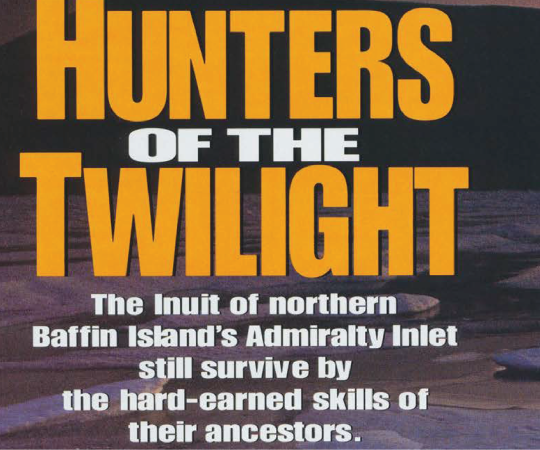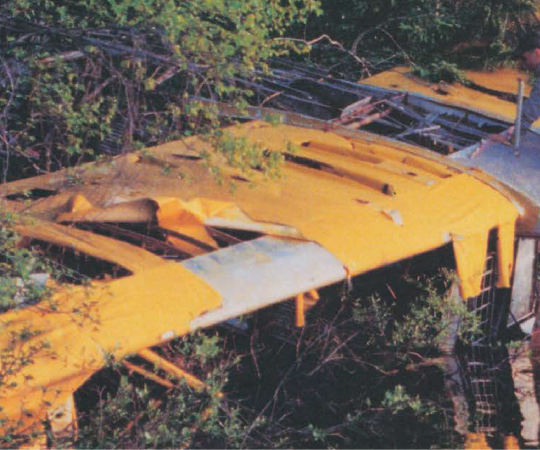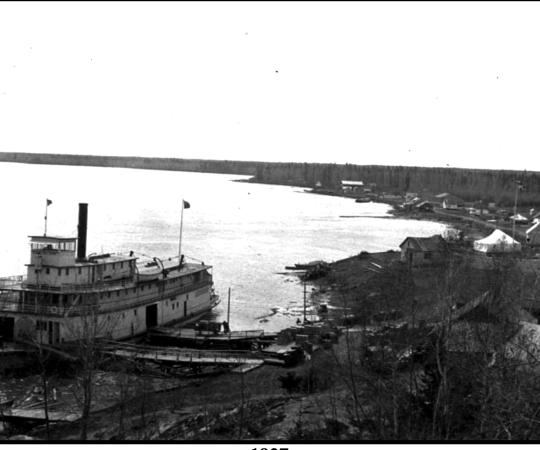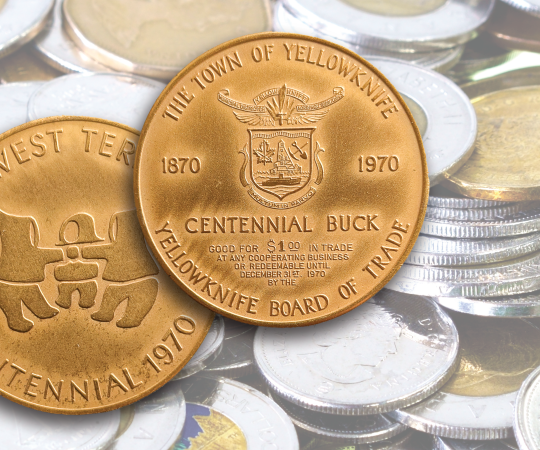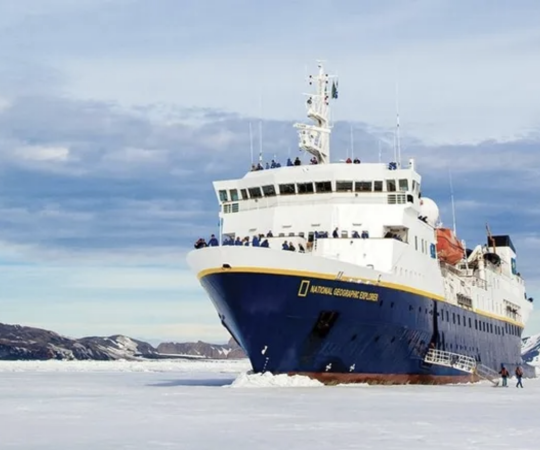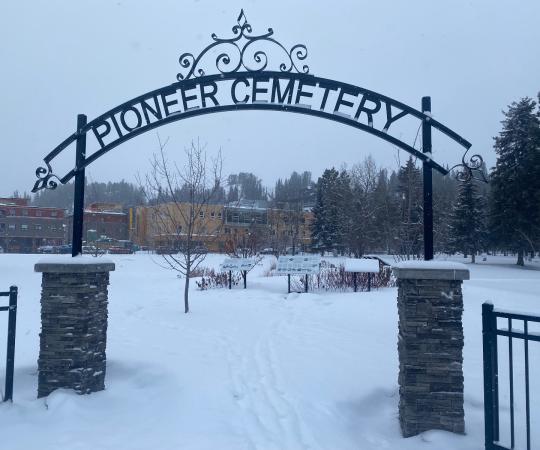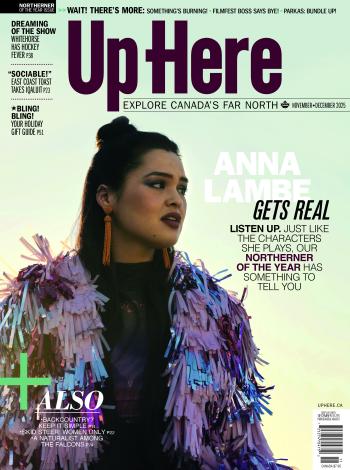Kevin Koe had to make one shot for the right to curl for Team Canada at the Olympic Winter Games in Pyeongchang, South Korea. His team headed into the 10th end of the 2017 Olympic qualifier final in Ottawa tied 6-6. Team Koe had the hammer and with his Manitoba opponent sitting two, Kevin had to float his last shot to the four-foot—the red ring surrounding the button—for the win. He slid out of the hack and put a light touch on the rock.
The slow shot gave Kevin’s brother Jamie, himself a professional curler who had made the trip down from Yellowknife to watch, a moment to consider the best and worst results. “I was thinking, ‘How am I going to be there for them tonight?’ The worst way to lose is on your last shot,” says Jamie, a year later. “It was the longest 30 seconds ever.”
Intense sweeping inched the rock through the house before it settled in the four-foot for the win. Jamie exploded out of his seat, almost falling over until nearby fans steadied him. He ran to the ice, joining his father, Fred Koe, to celebrate. “I was just trying to find anybody to hug,” says Jamie.
Back in Yellowknife, Jamie’s twin sister Kerry Galusha—also a professional curler—and his mom Lynda Koe were watching the Olympic trials at home. Like Jamie, Kerry erupted in celebration after Kevin made the final shot, a moment captured in a video posted to social media. (In the clip, Kerry leaps around the living room and yells “hard, hard, hard” at the sweepers on TV.) “I had trouble getting to sleep that night. I was so wired,” says Kerry.
Kevin thinks his family was more nervous watching than he was throwing. “Part way down we didn’t know if we were going to make it,” Kevin says now. “But you throw so many rocks in similar situations that you know what you need to do to make it.”
Two months later in Pyeongchang, Kevin lost the Olympic bronze medal game to Switzerland as a large contingent of the Koe clan watched from the stands. That’s what the Koes do—whether they’re playing on the same team or playing as rivals, they rally around each other for the big games.
And the big games are plentiful for this family: Kerry, 41, has played or skipped for Team NWT/Yukon at 15 Scotties Tournament of Hearts; Jamie has played or skipped for Team NWT/Yukon at 12 Tim Hortons Briers; and Kevin, 43, now curling out of Calgary, has won the Brier three times in six appearances, and both the Canada Cup Men’s Championship and the World Men’s Championship twice. (Until 2015, the NWT and Yukon were grouped together for the Brier and Scotties but now each territory has its own entry.)
How did the Koe household become a curling powerhouse? It begins with a Gwich’in chief throwing rocks on frozen Arctic waters.

FRED KOE, 71, GREW UP IN Aklavik where he helped his father Chief Jim Koe make curling ice on the bank of the Mackenzie River. Natural ice was the only option and they pebbled it with snow and ice melted on a woodstove. Jim worked for the RCMP and the Hudson’s Bay Company and spent six years as chief of the Aklavik Indian Band. He eventually moved the family to the newly established government town of Inuvik.
Like his father before him, Fred was taken from his family and sent to residential school, an experience he talked about in testimony given to the Truth and Reconciliation Commission. “Residential school was a major turning point in my life,” Fred says now. “Most of my life up until then was hunting and trapping and fishing. I left most of that behind. One thing that kept me—and a lot of other people—going was sports. Curling was part of that.”
Lynda came to Inuvik in 1970 after she finished nursing school in Saskatoon. Raised in rural Saskatchewan, Lynda was no stranger to the curling rink—both her parents curled. She met Fred in Inuvik and they had three children: Kevin, born in Edmonton, and twins Jamie and Kerry, born in Yellowknife. Keeping with tradition, Fred recruited his children to make curling ice. Before the family settled in Yellowknife, they spent a few years in Inuvik, where the kids dragged hoses around the town’s old Dave Jones Arena to help their parents flood sheets and pebble ice before throwing rocks.

The Koe kids grew up at the rink. “I was throwing rocks pretty much every day,” says Kerry. “I actually loved it. And you wanted to get better and learn.” She played her first junior national event in 1993. There was no turning back. “Obviously, our family is very competitive by nature. My husband won’t even play Monopoly with me, so let’s leave it at that.”
In Yellowknife, the kids curled in junior championships with Team NWT/Yukon. Fred even curled with Jamie and Kerry at a mixed nationals event in Victoria. “They were yelling at me this time,” says Fred. “That was fun.” Kevin and Jamie earned silver at the 1994 junior men’s championship and that team is now in the NWT Sport Hall of Fame. Kevin moved south for university in 1996 and has lived in Calgary ever since.
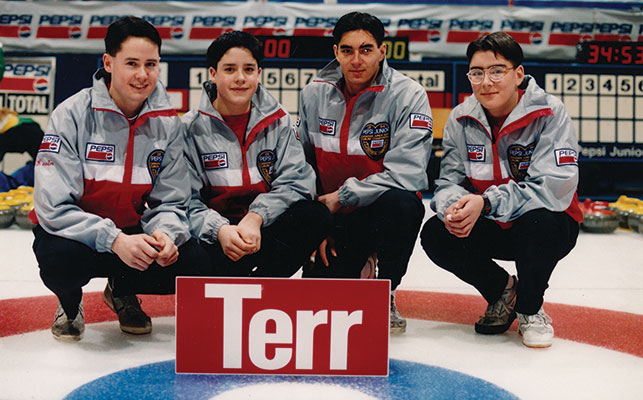
The Koe kids have played against each other too. At the 2012 Brier in Saskatoon, Jamie’s Team NWT/Yukon advanced to the playoffs at the end of round-robin play, the best showing for an NWT/Yukon team since the current playoff format was introduced in 1980. Their opponent? Team Alberta, skipped by Kevin.
The joy Lynda felt watching her sons on the national stage turned to agony. “How do you cheer against your own son? I left and came home,” she says. “I couldn’t stand it anymore.” She didn’t just leave the rink. She left Saskatoon entirely that Friday night. The next day, she watched the Koes clash on TV at home in Yellowknife.
Team Alberta beat Team NWT/Yukon 8-6, but Kevin didn’t enjoy the victory. “It was more, ‘let’s just get it over with.’ It wasn’t fun to knock them out, but in the big games you need to do what you need to do and they were trying to beat us just the same.”

FROM COACHING TO ORGANIZING and fundraising, the Koes have always been active in the curling community. Lynda recently retired from her nursing job at Avens senior’s home and currently sits on the Yellowknife Curling Club board of directors. She organizes the annual Koe Boxing Day bonspiel, now in its second decade.
Fred is semi-retired and lives in Whitehorse. He sits on the board of directors for the First Nations Bank of Canada and the Da Daghay Development Corporation. Fred says there’s no secret formula to raising curling pros, but he does have some advice. “You have to offer kids support and encouragement,” he says. “Let them dabble in different sports. They get to travel and make friends. Good things can happen.”
Kevin put together a new team for the 2018-19 season and remains a perennial contender at national and international events. Team Galusha spent 12 straight days on the road to start the season, a concerted effort to play more spiels down south against the country’s top talent. “Living in the North, we don’t get enough competitive games in so we’ll end up at the Scotties and struggle a little bit,” says Kerry. “We’re just as good as the other teams, but we’re not as sharp. We’ll miss more shots because we’re not used to throwing under pressure.” The plan might be working. Team Galusha won their first event of the season in early November.
Jamie mulled a retirement from competitive curling after last year’s Brier and started this season as a coach with a new team. He ended up as skip, and made national headlines in November when they were ejected from the Red Deer Curling Classic for conduct generously described as ‘unsportsmanlike.’ The team apologized. The incident hasn’t dissuaded Jamie from another run at the Brier. “I’m not going out like that,” he said afterward.
Another generation of Koe curlers is not out of the question. “My daughter is nine and she’s the next big curler in the family,” says Kerry, who also coaches a junior team. Lynda agrees. “Kerry’s daughter is very competitive. She’ll be just like her mother.”



